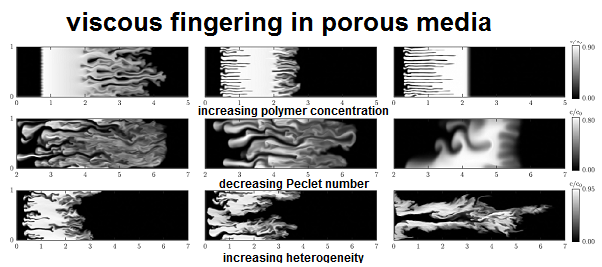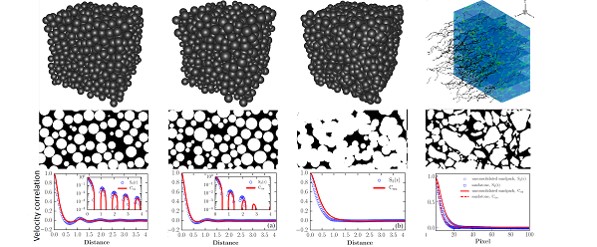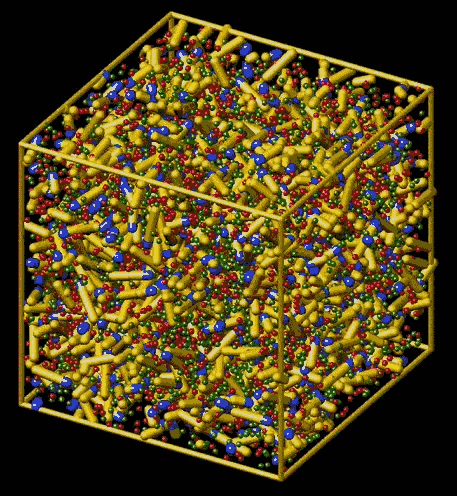Flow through porous media: from subsurface flows to drug transport in tissue
Funded by industry
|
|
 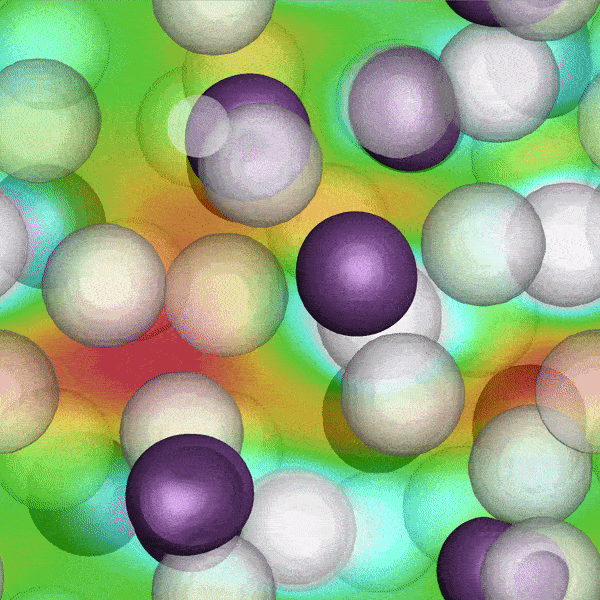 |
We have developed high performance computational tools to resolve transport of complex fluids and multiphase flows through porous media using conservative level-set and distributed Lagrange multiplier approaches. This computational tool is capable of capturing the interplay of buoyancy, capillary effects, and heterogeneity in porous media as well as particulate and complex fluids. |
Particle-laden flows
Funded by NSF, DOE and industry
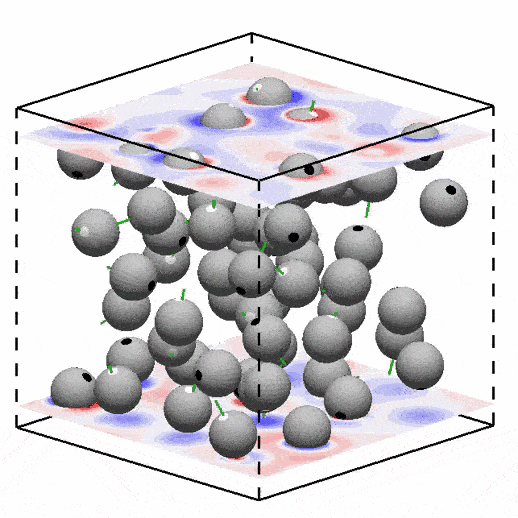  |
  |
The motion of solid particles in a fluid plays an important role in sedimentation, crystal growth, suspension rheology, and microfluidic devices such as those used in mechanical cell lysis. We have developed computational methods to explore colliding particles in Newtonian and non-Newtonian fluids. |
Transport phenomena related to pharmaceutical research
Funded by industry
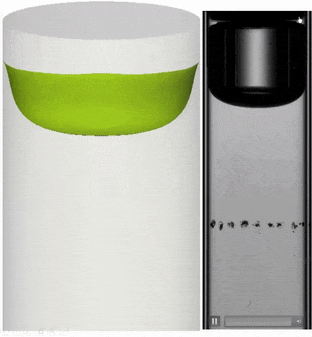 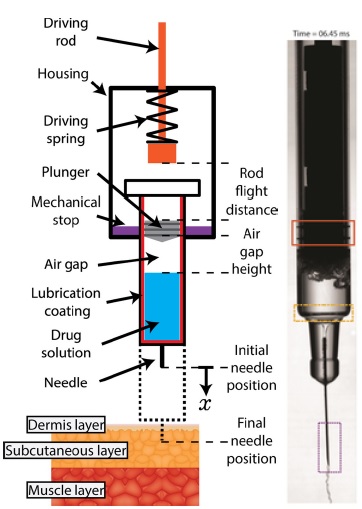 |
 |
Biologics comprised 22% of major pharma companies in 2013 and is expended to grow to 32% of sales in 2023. Biologics are large complex molecules that are created by microorganisms and mammalian cells. They are polypeptides or proteins such as monoclonal antibodies, cytokines, fusion proteins used in vaccines, cell therapies, gene therapies, etc. We are developing entirely new physical models to describe injectable biologics. We are also working on the continuous manufacturing of biologics as current batch processes of production of biologics introduce variability in the quantity and quality of the product. In order to evaluate the quality of the product as it is being produced, next generation manufacturing requires the use of process analytical technology and real-time sensing of contaminants during the manufacturing process. |
Multiphase flows: jets, drops
Funded by industry
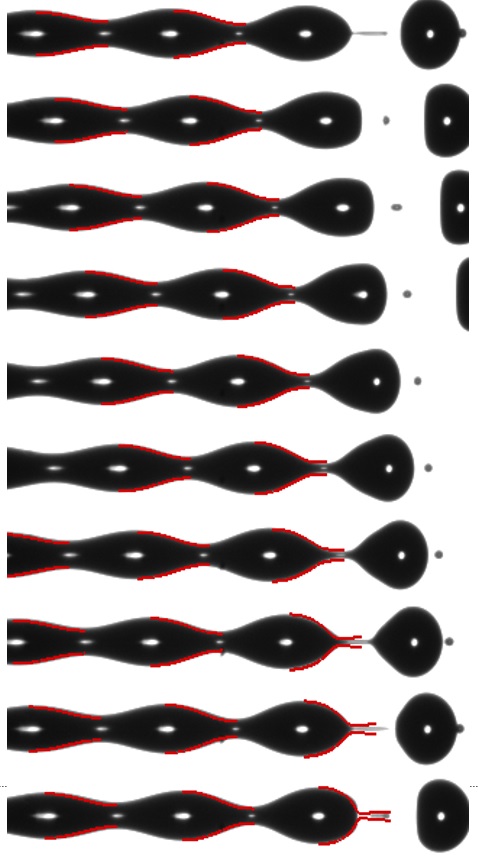 |
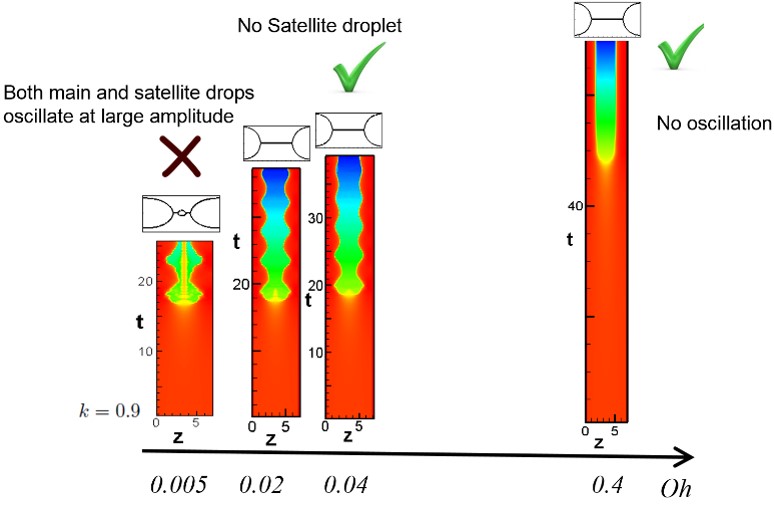  |
Understanding the instability and breakup of jets is important for a wide variety of applications including inkjet printing and spraying of fertilizers and paint. Such fluids can be viscoelastic and the jetting/breakup process involves a delicate interplay of capillary, viscous, inertial and elastic stresses. We explore the physical processes that control different phases of the temporal evolution in the jet profile and breakup. |
Settling particles and swimming microorganisms in stratified fluids
Funded by NSF
 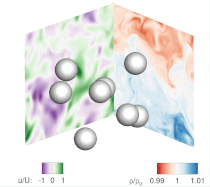 |
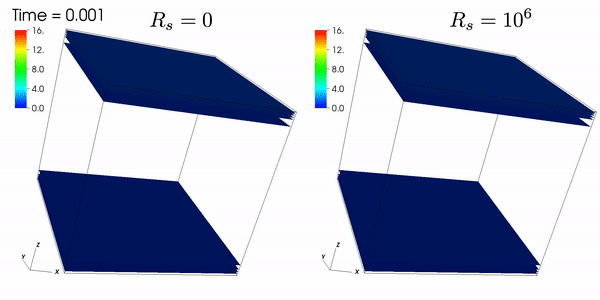 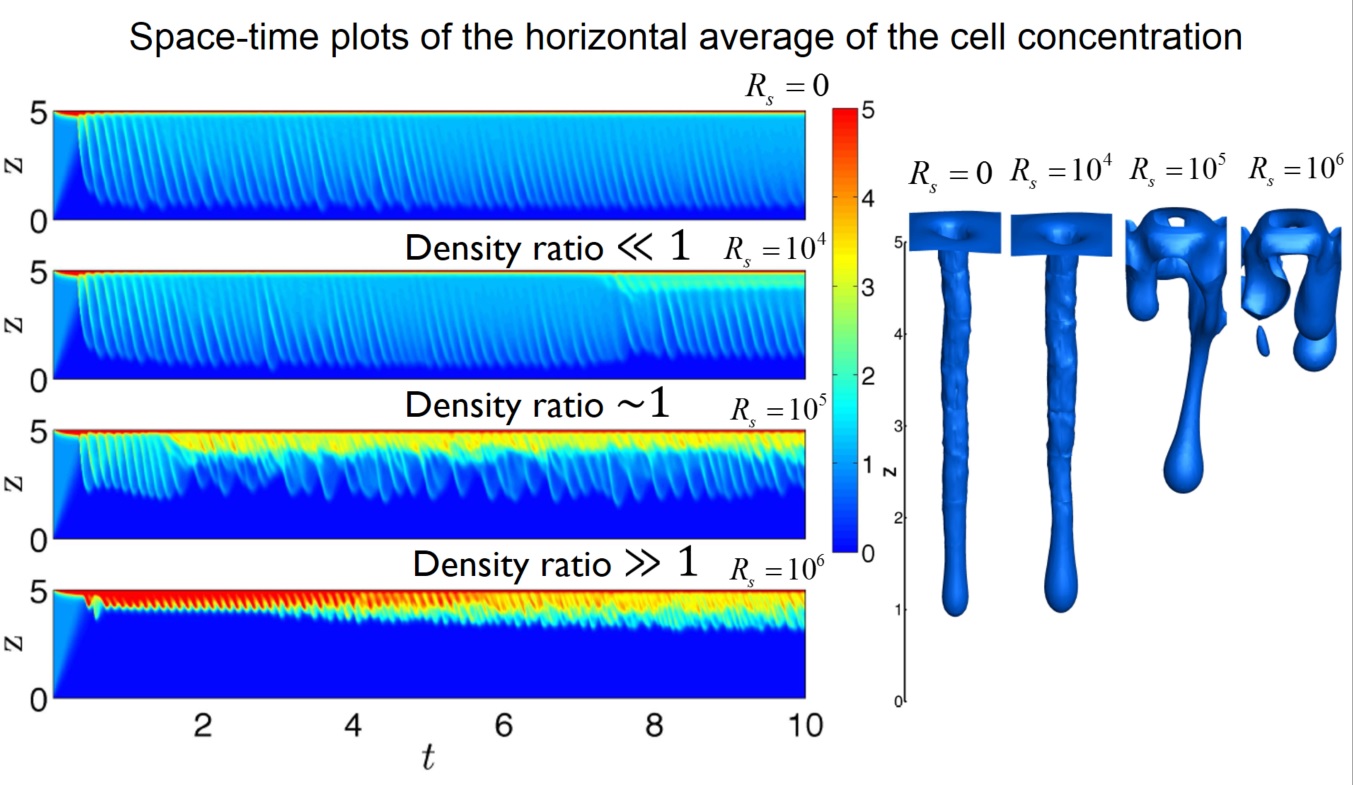 |
Many aquatic environments are characterized by regions where water density varies over depth, often due to temperature or salinity gradients. These ‘pycnoclines’ are associated with intense biological activity and can affect carbon fluxes by slowing the descent of particles. Despite this, the fundamental fluid dynamics of settling and swimming in a stratified fluid have remained largely unexplored. We take first strides into this area by rationalizing the effects of stratification by conducting a broad, in-depth investigation on the fundamental hydrodynamics of small organisms, settling particles, and rising drops. These results demonstrate an unexpected effect of buoyancy, potentially affecting a broad range of abundant processes at pycnoclines in oceans and lakes. |
Interaction of microbes with surrounding fluids
Funded by NSF and CTSI
| The interaction of motile microorganisms and surrounding fluids is of importance in a variety of biological and environmental phenomena including the development of biofilms, colonization of microbes in human and animal bodies, and formation of marine algal blooms. Ambient fluid flow is pervasive in microbial environments and can have profound effects on the motility of microbes, affecting fundamental microbial processes such as their ability to take up nutrients and colonize surfaces. We explore the role of properties of the surrounding fluid on the spatial distribution of motile microorganisms, their collective behavior, and the corresponding flow structures. |
 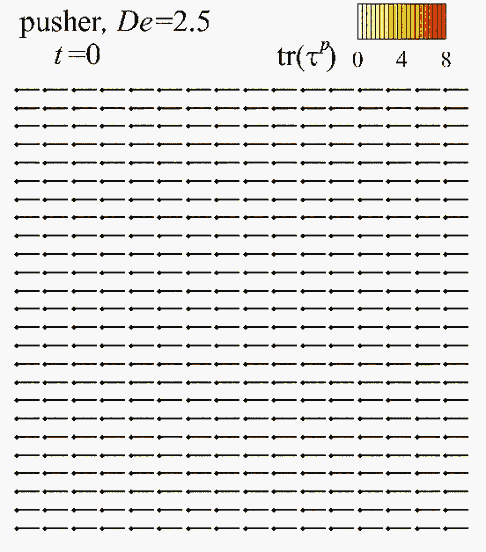 |
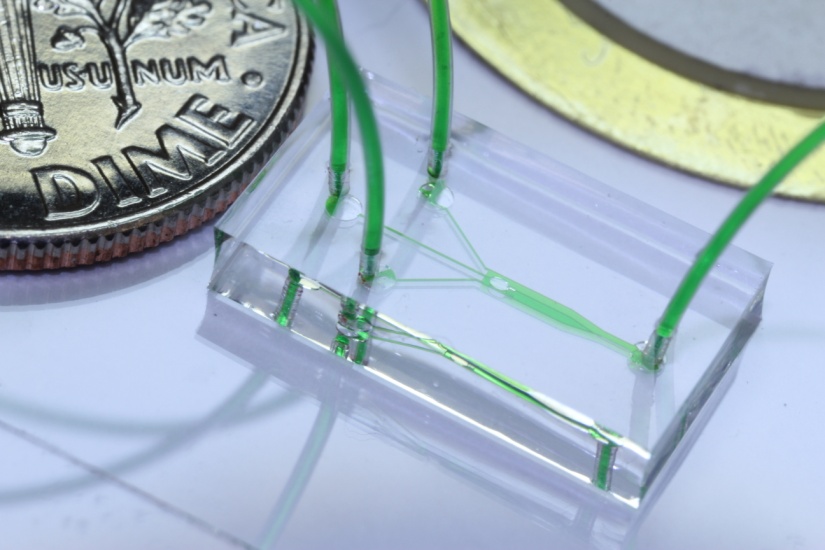  |
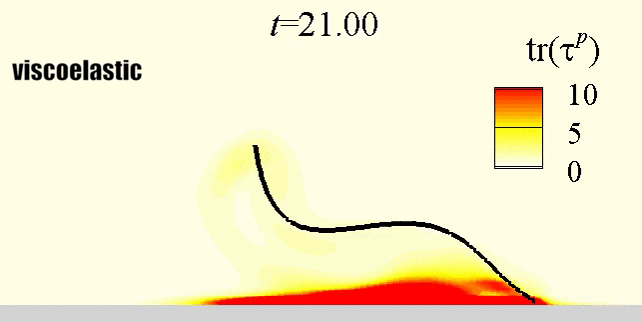  |
Conferences we attend
- APS-DFD: American Physical Society – Division of Fluid Dynamics
- SES: Society of Engineering Science
- SOR: The Society of Rheology Annual Meeting
- USNC/TAM: U.S. National Committee on Theoretical and Applied Mechanics
- IUTAM: International Congress of Theoretical and Applied Mechanics
- APS March meetings: Soft Matter and Division of Polymer Physics
- ASME Annual Meeting
- AIChE Annual Meeting
Acknowledgement of support

